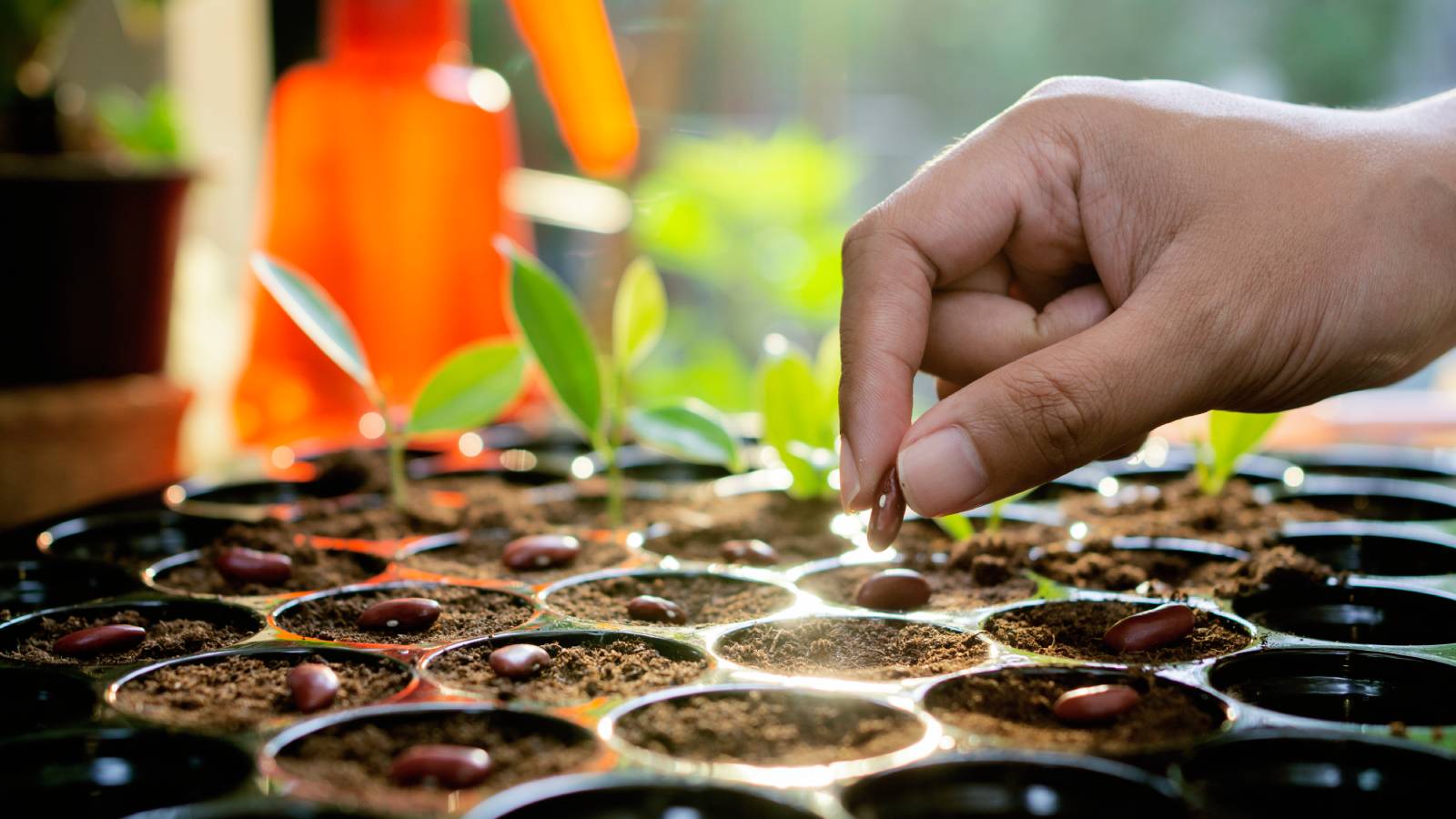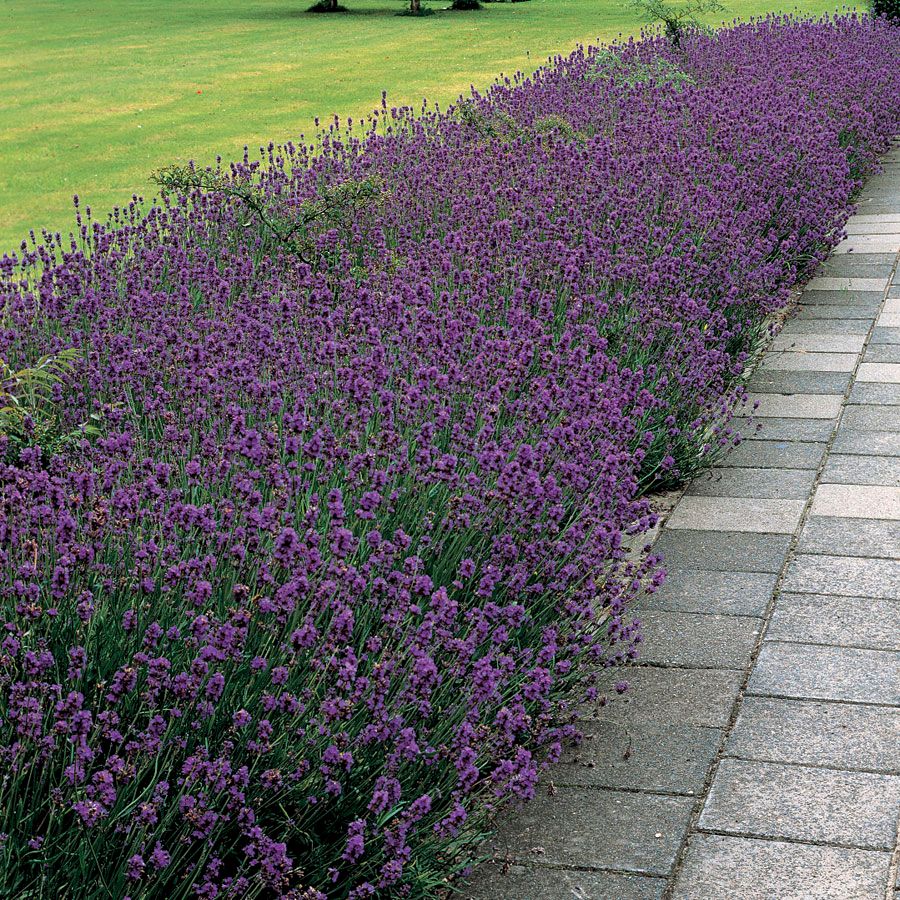What Is A Seed? These Basic Seed Facts Will Help You Grow Better Plants
They are the basis of a lot of our spring planting, but what are seeds? We take for granted these amazing little powerhouses, but no longer! Read on to learn more about seeds.


What are seeds? Seeds are plants in their very earliest stages. Every gardener is familiar with seeds, sowing them in the soil, collecting them from mature plants, or deadheading seed heads of flowers. Seed starting is a wonderful beginning to a new planting season. Seeds seem magical to children, and even more magical to experienced gardeners as they learn more about the role that these miniature plants play in botany.

What Is a Seed?
A seed is a botanical structure that contains the embryo of the new plant. Most seeds also carry a supply of food for the plant embryo to rely on until it has established a root system and can create energy from photosynthesis.
Think of the embryo as a miniature plant stuck at stage 1 in development. If it is provided with proper cultural conditions, the seed can grow into a plant. Seed growing creates plants.
Where Do Seeds Come From?
If you want to learn more about seeds, you need to understand where seeds come from. They grow in flowers or flower-like structures. In many cases, seeds grow inside fruit, but in some plants, this is not the case. What is always true is that seeds can develop into new plants. In fact, planting seeds is the number one method of plant propagation. Sustainable seed starting is a great place to begin.
Types of Seeds
There are two types of seeds, gymnosperm seeds and angiosperm seeds. All seed-producing plants are either gymnosperms (e.g. conifers) or angiosperms (e.g. deciduous plants) and the seeds they bear follow these categories.
Gymnosperm seeds develop between the scales of a cone or a cup structure. The seeds of gymnosperms can easily be spotted, giving rise to the common name, "naked” seeds.
Angiosperm seeds grow in sacs called ovaries that subsequently form a structure to enclose the seeds. Examples are fruits or nuts. These seeds are hidden from view within the seeds or nuts. Plants that flower in the spring and die back in fall develop seeds in this way.
Sign up for the Gardening Know How newsletter today and receive a free copy of our e-book "How to Grow Delicious Tomatoes".
Life Cycle of a Seed

A seed’s life cycle starts when it emerges in a flower or cone structure. The life cycle terminates when it develops into a seedling. The intermittent steps are not identical in all plants. In fact, seeds come in all different sizes, shapes and colors, and their dispersal methods, requirements for germination, and photo responses are individual. Each has certain germination requirements that relate closely to their native terrain.
Note that this seed life cycle is not of any given longevity. It can vary from a few days of viability to up to 2,000 years.
What Seeds Need to Grow
The process of seeds beginning to grow is termed seed germination. It is the time that the seeds resume the active growth necessary to become a plant.
In order for germination to begin, the seeds must absorb water and be provided with the proper environmental conditions. These include having water and oxygen and favorable soil temperatures. Soaking seeds before planting is sometimes necessary. Some plant seeds only germinate when they are triggered by specific light conditions, heat, smoke or other environmental factors.
This article features products available from third-party vendors in the Gardening Know How Shop.

Teo Spengler is a master gardener and a docent at the San Francisco Botanical Garden, where she hosts public tours. She has studied horticulture and written about nature, trees, plants, and gardening for more than two decades, following a career as an attorney and legal writer. Her extended family includes some 30 houseplants and hundreds of outdoor plants, including 250 trees, which are her main passion. Spengler currently splits her life between San Francisco and the French Basque Country, though she was raised in Alaska, giving her experience of gardening in a range of climates.
